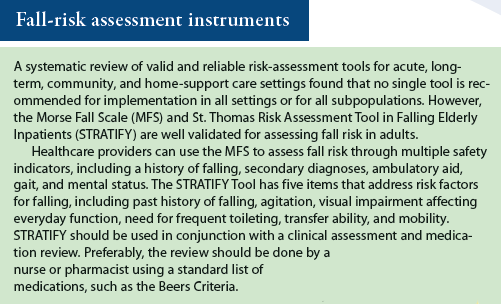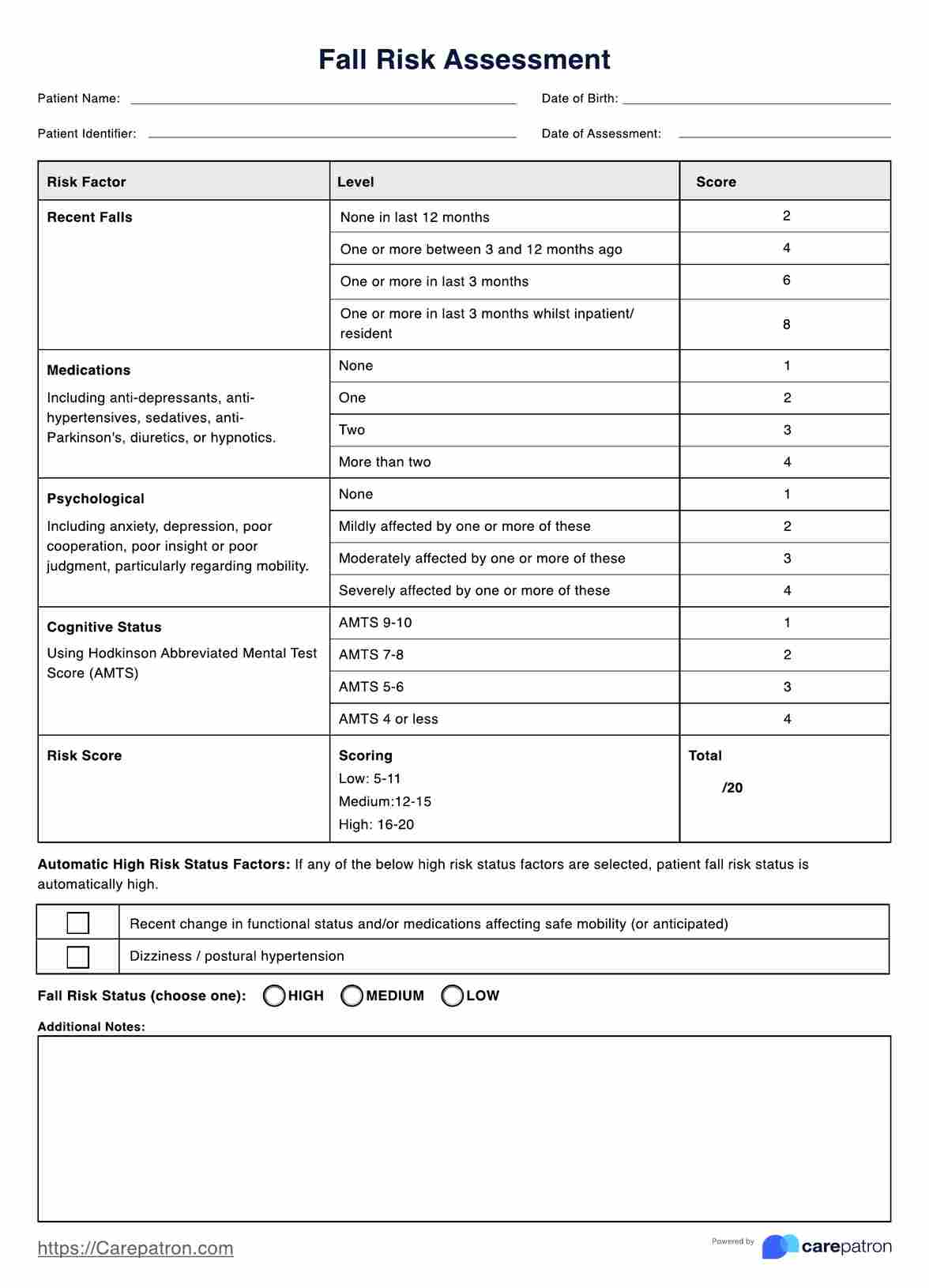Examine This Report about Dementia Fall Risk
Facts About Dementia Fall Risk Uncovered
Table of ContentsThe Dementia Fall Risk IdeasLittle Known Questions About Dementia Fall Risk.The 3-Minute Rule for Dementia Fall RiskDementia Fall Risk Fundamentals Explained
An autumn threat analysis checks to see just how likely it is that you will drop. The evaluation generally includes: This consists of a series of concerns about your general wellness and if you've had previous drops or troubles with equilibrium, standing, and/or strolling.Interventions are recommendations that might decrease your risk of dropping. STEADI includes three steps: you for your risk of dropping for your risk factors that can be improved to attempt to prevent drops (for instance, equilibrium issues, damaged vision) to lower your danger of falling by using efficient approaches (for instance, offering education and sources), you may be asked numerous inquiries including: Have you dropped in the previous year? Are you stressed regarding falling?
After that you'll take a seat once more. Your provider will check just how lengthy it takes you to do this. If it takes you 12 secs or more, it may imply you go to higher threat for a loss. This test checks toughness and balance. You'll being in a chair with your arms crossed over your upper body.
The placements will obtain tougher as you go. Stand with your feet side-by-side. Move one foot halfway forward, so the instep is touching the huge toe of your other foot. Relocate one foot fully in front of the various other, so the toes are touching the heel of your various other foot.
Dementia Fall Risk Fundamentals Explained
Many drops occur as an outcome of multiple adding variables; therefore, managing the danger of falling starts with identifying the factors that add to fall risk - Dementia Fall Risk. A few of one of the most appropriate threat factors consist of: History of prior fallsChronic clinical conditionsAcute illnessImpaired gait and equilibrium, reduced extremity weaknessCognitive impairmentChanges in visionCertain risky drugs and polypharmacyEnvironmental factors can additionally boost the danger for falls, consisting of: Insufficient lightingUneven or harmed flooringWet or slippery floorsMissing or damaged hand rails and grab barsDamaged or improperly equipped tools, such as beds, mobility devices, or walkersImproper use of assistive devicesInadequate guidance of individuals staying in the NF, consisting of those that display aggressive behaviorsA successful loss danger monitoring program calls for an extensive scientific assessment, with input from all members of the interdisciplinary team

The care strategy should additionally include interventions that are system-based, such as those that advertise a risk-free environment (suitable lights, handrails, get hold of bars, and so on). The performance of the interventions should be assessed regularly, and the care plan modified as needed to show adjustments in the fall risk evaluation. Applying a loss risk administration system making use of evidence-based ideal technique can reduce the occurrence of drops in the NF, while limiting the possibility for fall-related injuries.
Little Known Questions About Dementia Fall Risk.
The AGS/BGS guideline recommends evaluating all adults matured 65 years and older for fall threat annually. This screening is composed of asking patients whether they have fallen 2 or even more times in the past year or looked for medical attention for a loss, or, if they have not dropped, whether they really feel unsteady when strolling.
People who next have actually fallen once without injury needs to have their balance and gait evaluated; those with stride or equilibrium irregularities ought to obtain additional analysis. A background of 1 autumn without injury and without gait or equilibrium problems does not call for further analysis beyond ongoing annual loss threat testing. Dementia Fall Risk. An autumn risk evaluation is needed as component of the Welcome to Medicare assessment

How Dementia Fall Risk can Save You Time, Stress, and Money.
Documenting a falls background is among the high quality indicators for autumn prevention and monitoring. A crucial part of threat evaluation is a medication review. A number of classes of medications raise loss risk (Table 2). Psychoactive medications particularly are independent forecasters of falls. These medicines have a tendency to be sedating, modify the sensorium, and impair equilibrium and stride.
Postural hypotension can usually be alleviated by reducing the dosage of blood pressurelowering medicines and/or stopping drugs that have orthostatic hypotension as a side impact. Usage of above-the-knee assistance hose pipe and copulating the head of the bed elevated may additionally decrease postural reductions in blood pressure. The preferred components of a fall-focused physical exam are received Box 1.

A yank time higher than or equivalent to 12 seconds suggests high loss risk. The 30-Second Chair visit the website Stand examination assesses reduced extremity strength and equilibrium. Being not able to stand from a chair of knee height without making use of one's arms suggests raised fall threat. The 4-Stage Balance examination analyzes static balance by having the client stand in 4 placements, each gradually a lot more tough.